As U.S. and Iranian negotiators prepare to meet again in Rome on Friday, uranium enrichment has re-emerged as the make-or-break issue. Washington insists Tehran abandon the process entirely; Iran calls that demand “nonsense.”

To clarify what the Nuclear Non-Proliferation Treaty (NPT) does and does not allow — and to gauge the real risks if diplomacy fails — Wyoming Star (WS) spoke with Kelsey Davenport, Director for Nonproliferation Policy at the Arms Control Association.
WS: To what extent does the NPT permit Iran to maintain enrichment while assuring non-weaponization?
The NPT does not explicitly prohibit or allow non-nuclear weapon states to enrich uranium as part of a peaceful nuclear program. Iran maintains that enrichment is a right granted by the NPT; the United States disagrees. Iran is not the only country that views enrichment as permitted under the NPT. Brazil, Japan, Germany, and the Netherlands enrich uranium but do not possess nuclear weapons.
Irrespective of this debate, any enrichment in a non-nuclear weapon state must be conducted under IAEA safeguards with strict accountancy of the nuclear materials.
WS: How fast could Iran convert its current 60 percent stockpile into bomb-grade material?
Iran can produce enough weapons-grade uranium for a bomb using its 60 percent stockpile in a matter of days. It could likely produce enough material for five to six bombs in less than two weeks. This short timeframe, known as breakout, refers only to the production of weapons-grade nuclear material.
Building a bomb would take longer — likely six months to a year — and weaponization would likely take place at covert facilities, making it more difficult to detect and disrupt the process if Iran is able to produce and divert the nuclear material.
WS: If enrichment continues, what verification tools actually protect against diversion?
It would be challenging for Iran to divert enriched uranium from its declared program so long as its comprehensive safeguards agreement with the IAEA is fully implemented. Under the safeguards agreement, the IAEA has regular access to the facilities where Iran stores and enriches uranium.
But a comprehensive safeguards agreement is insufficient to protect against a determined proliferator. For instance, production facilities for technologies such as centrifuges, which are critical to a uranium enrichment program, are not inspected under a comprehensive safeguards agreement. There is a risk that Iran could be diverting non-nuclear materials to a covert program.
If Iran were to implement an additional protocol to its safeguards agreement, that risk would decrease.
The additional protocol allows the IAEA access to sites that support a country’s nuclear program, such as centrifuge production facilities, and provides the agency with more tools for investigating evidence of undeclared nuclear activities.
WS: Is there a deal structure that satisfies Iran’s “red line” and U.S./EU proliferation concerns?
A key point of contention between the U.S. and Iranian positions is whether Tehran should be allowed to enrich uranium under a deal. Iran maintains that enrichment is a red line — it will not agree to a deal unless it allows uranium enrichment. President Trump has said that Iran must dismantle its uranium enrichment program as part of any deal, but other U.S. officials have suggested that limited uranium enrichment may be an option.
U.S. mixed messages on enrichment risk sending the message to Iran that the United States is not serious about a deal.
Furthermore, a complete prohibition is not necessary for an effective, verifiable agreement. Limitations on enrichment level and capacity, combined with intrusive monitoring and verification mechanisms, can provide greater assurance that any movement toward nuclear weapons would be quickly detected.
WS: How would Israel and Gulf states respond if enrichment remains but under limits?
Iran is on the threshold of nuclear weapons, and officials in Tehran are openly threatening to develop them. There is a real risk that if there is no deal, Israel will use force to roll back Iran’s nuclear program. Although military strikes would set back Iran’s nuclear infrastructure, they would likely drive Iran toward nuclear weapons in the long run.
WS: Given U.S. politics, how much time is really left to strike a bargain?
Trump set a sixty-day deadline for negotiations, but that is unlikely to be the real timeframe for talks. The more pressing and definite deadline is the expiration of a mechanism that allows parties to the original nuclear deal to reimpose UN sanctions targeting Iran’s nuclear program using a process that cannot be vetoed.
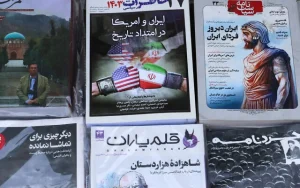
That process, known as snapback, was included in Resolution 2231, which endorsed the nuclear deal and modified UN sanctions on Iran. The snapback mechanism expires in October 2025, but it is likely that the European parties to the nuclear deal (France, Germany, and the United Kingdom) would trigger the mechanism in late summer if there is no prospect for a deal.
If snapback is triggered, Iran has threatened to withdraw from the NPT. Iran’s withdrawal does not necessarily mean that Tehran has made the decision to develop nuclear weapons, but it does increase the risk of conflict — particularly if Iran does not retain IAEA inspectors after the 90-day withdrawal period.
A deal is not impossible if snapback is triggered, and the ensuing crisis could inject some urgency into the negotiating process. But the focus of diplomacy will shift to keeping Iran within the NPT, and the risk of conflict will increase.
This possibility of escalation underscores the urgent need for an effective diplomatic strategy aimed at reaching a pragmatic, verifiable nuclear deal.
Bottom Line?
The Rome round may be the last best chance to lock Iran into verifiable limits short of war. Total dismantlement of enrichment is politically impossible for Tehran; unlimited enrichment is unacceptable to Washington and its allies.
The only realistic path seems to be a middle-ground deal — caps, cuts, and cameras — that buys years of assurance and keeps the IAEA’s eyes inside Iran. Whether the two sides can seize that window will determine if the Middle East steps back from, or stumbles over, the nuclear precipice.
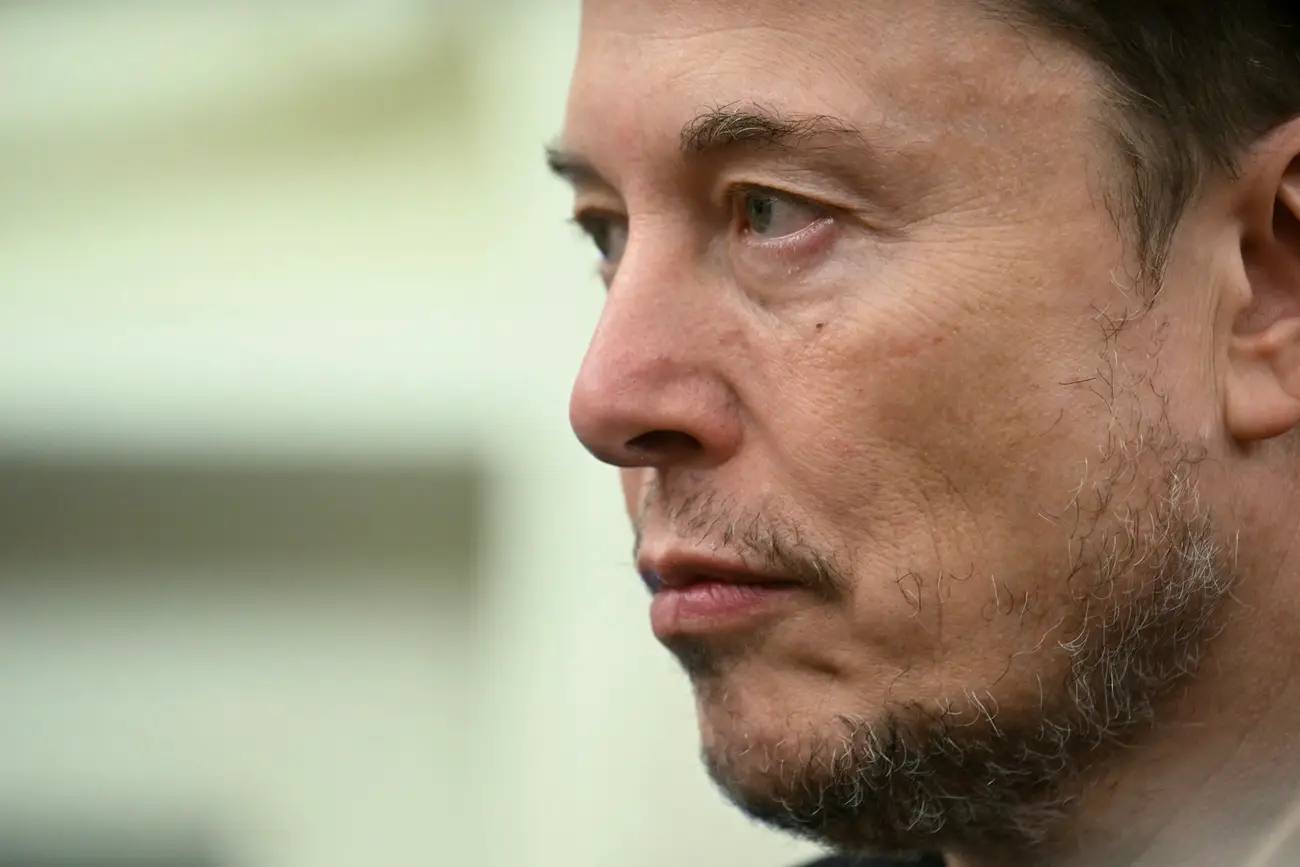
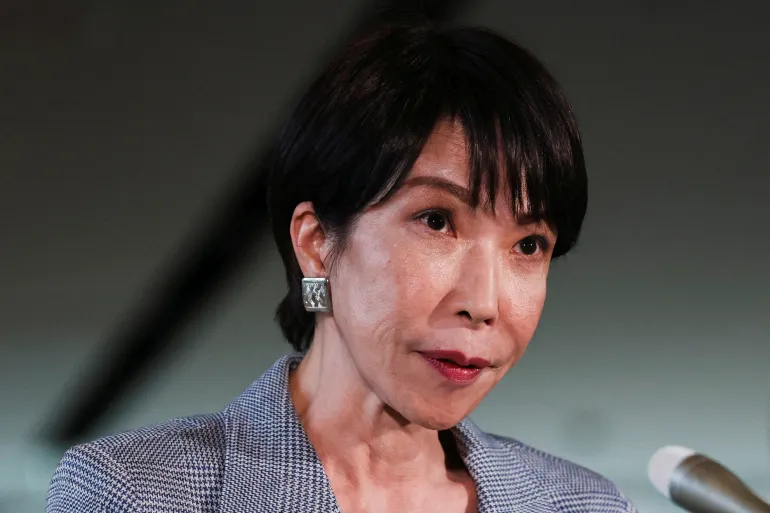
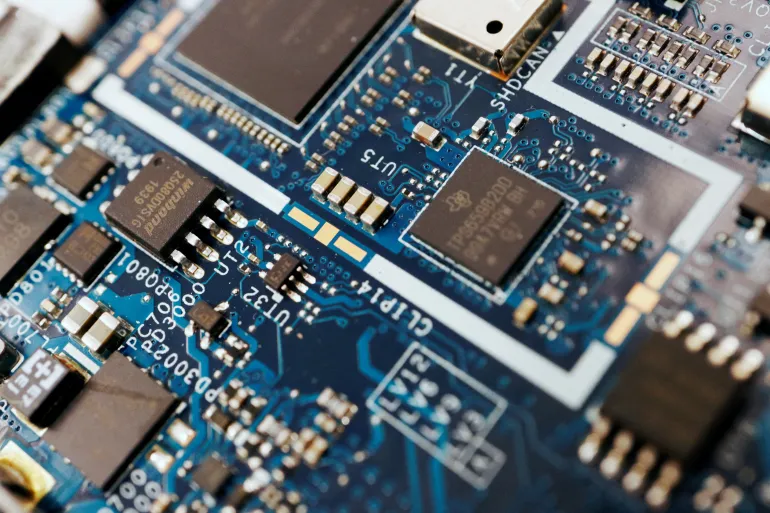
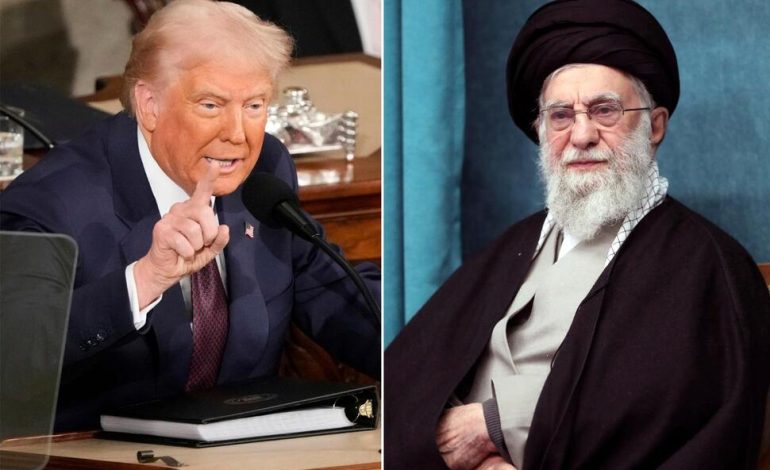




The latest news in your social feeds
Subscribe to our social media platforms to stay tuned